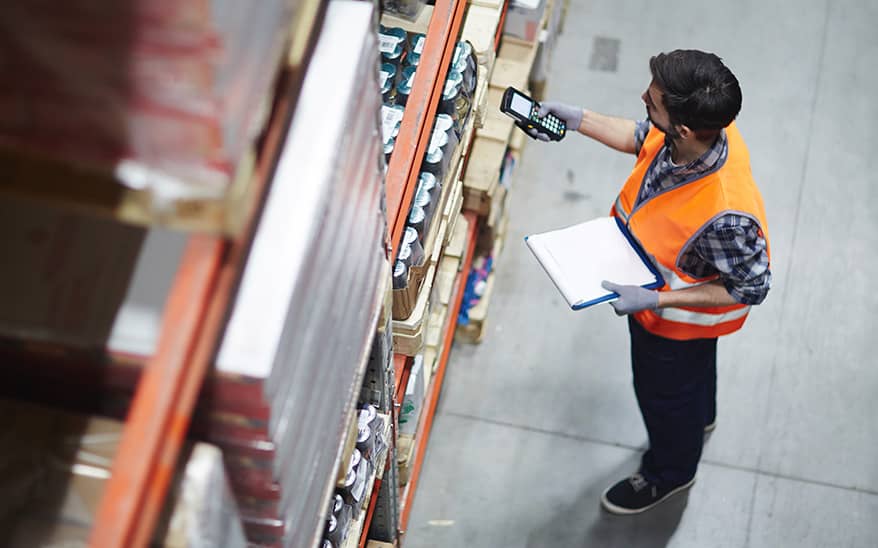COVID-19’s Influence on the Retail Industry
- 27 March 2020
- By Manhattan Staff

As the current situation with COVID-19 continues, the safest course of action is to replace in-person activities with online alternatives. We are seeing this happen first-hand in the retail world as a significant amount of traditional, bricks-and-mortar shopping is temporarily being shifted online.
Sheltering in place has also led to an unexpected increase in the need for relatively new fulfilment methods like home delivery and curb-side pickup.
With a highly publicised call for hundreds of thousands of warehouse and delivery workers, it is evident that retail, wholesale and manufacturing are rallying to support this consumer-driven shift in demand.
Before recent events, ecommerce was already the fastest growing segment of retail. In 2019, ecommerce accounted for 56.9% of the entire growth of U.S. retail sales (according to Digital Commerce 360). According to forecasts by Retail Economics, online sales are expected to reach 53% of all purchases in the UK by 2028. However, it is likely that COVID-19 could accelerate this shift and with it, the need for technologies that allow retailers to maximise online opportunities in the most efficient, environmentally friendly and cost-effective way.
Balancing people and technology
Ecommerce activity is certainly on the rise, even in countries with traditional hesitance about online buying. However, many brands are still working through the technology needed to make true omnichannel commerce work.
There can be as many as ten steps required when fulfilling an ecommerce order: from receiving and confirming the customer order; to pick lists being sent to the warehouse and operatives finding the items; orders being packed and dispatched; and finally, delivery, receipt of order and even potential returns. This is a labor-intensive process that is best delivered by a balance of people and technology.
With this in mind, the question remains. Do retailers have the systems in place to effectively manage online and in-store fulfilment in a seamless and effective manner?
A long-term picture evolving
If the COVID-19 pandemic goes on for months, we may see a long-term impact on the balance between online and physical sales. As consumers become more accustomed to online shopping, they may partly shift their shopping habits for the long term.
With lockdown measures now in place for what looks like the foreseeable future, ecommerce is temporarily becoming the norm. Nevertheless, retailers must still look ahead to a post-COVID-19 future: will consumers return to retail stores in the summer? Will online purchasing trends accelerate? Or will there possibly be a double bounce that sees shoppers return to the high-street in their masses once curfews are removed? All these are questions for retailers to consider in the coming months.
The consumer behavioural shift, accelerated by the virus in only a few months has surely cemented the business case for an expansion of hybrid fulfilment methods that blend ecommerce and store resources – and these in turn will help retail to pivot, scale, adjust and respond when things return to normal.
While many retailers have been watching their ecommerce business grow, global events have significantly and unexpectedly accelerated the fastest growing part of retail. What was growing quickly is now growing incredibly quickly, and what was changing rapidly is now changing at breakneck speed.
Companies that show agility and embrace change in this new world are going to be the most successful. Effective ecommerce and hybrid fulfilment methods will play an important role in weathering the current storm and will help propel the retail industry forward after we go back to business as usual.




